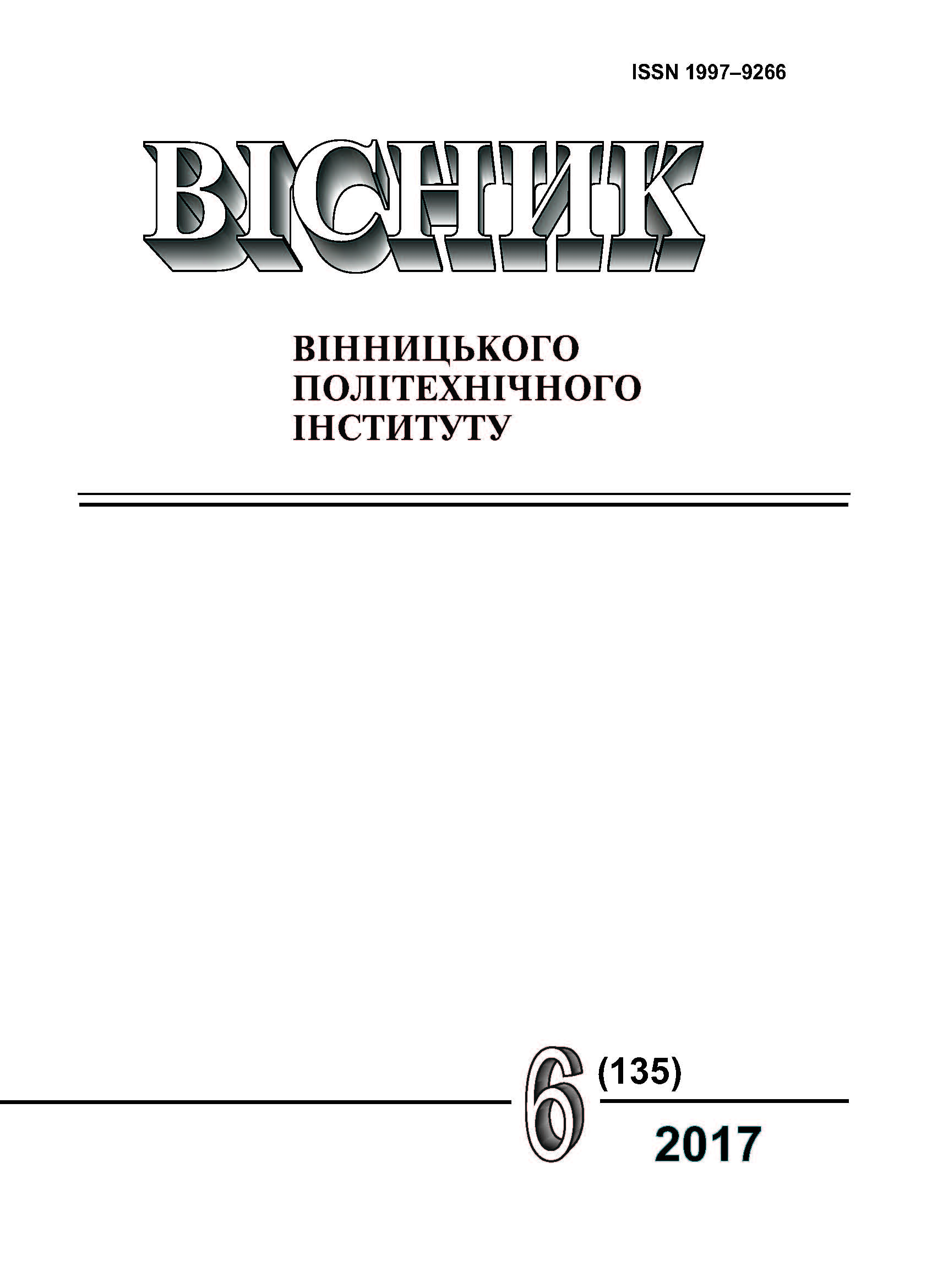Blowing Agent for Foam Material Based on Liquid Glass
Keywords:
foam materials based on liquid glass, blowing agent, microwave installation, hydrogen peroxide, sodium bicarbonateAbstract
There has been investigated the influence of blowing agents on the properties and phase composition of foam materials based on liquid glass. It has been established that the use of hydrogen peroxide as a blowing agent in the manufacture of such materials by thermal expansion in a microwave installation allows obtaining a structurally homogeneous material with sufficiently high strength values.
References
2. Крифукс О. В. Развитие производства эффективного минерального теплоизоляционного материала — бисипора / О. В. Крифукс, Б. В. Генералов // Строительные материалы. — 2003. — № 11. — С. 26—27.
3. Малявский Н. И. Щелочно-силикатный утеплитель / Н. И. Малявский // Свойства и химические основы производства : Российский химический журнал. — 2003. — С. 39—45.
4. Решение вопросов энерго- и ресурсосбережения путем организации производства и технологии получения теплоизоляционного материала / [А. Н. Пшинько, Н. В. Савицкий, С. А. Корецкая, А. А. Гончаренко]. — Вісник ДНУЗТ. — 2004. — № 4. — С. 200—202.
5. ГОСТ 17177-94. Материалы и изделия строительные теплоизоляционные. Методы испытаний. — [Введен в действие от 31 марта 1996 года]. — М. : Межгосударственный стандарт, 2001.
6. Лотов В. А. Технология материалов на основе силикатных дисперсных систем : учеб. пос. / В. А. Лотов, В. А. Кутугин. — Томск : изд-во Томского политехнического университета. — 2011. — 202 с.
Downloads
-
PDF (Українська)
Downloads: 109
Published
How to Cite
Issue
Section
License
Authors who publish with this journal agree to the following terms:
- Authors retain copyright and grant the journal right of first publication.
- Authors are able to enter into separate, additional contractual arrangements for the non-exclusive distribution of the journal's published version of the work (e.g., post it to an institutional repository or publish it in a book), with an acknowledgment of its initial publication in this journal.
- Authors are permitted and encouraged to post their work online (e.g., in institutional repositories or on their website) prior to and during the submission process, as it can lead to productive exchanges, as well as earlier and greater citation of published work (See The Effect of Open Access).





